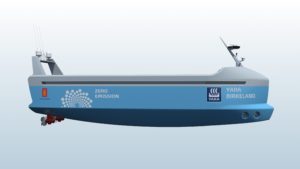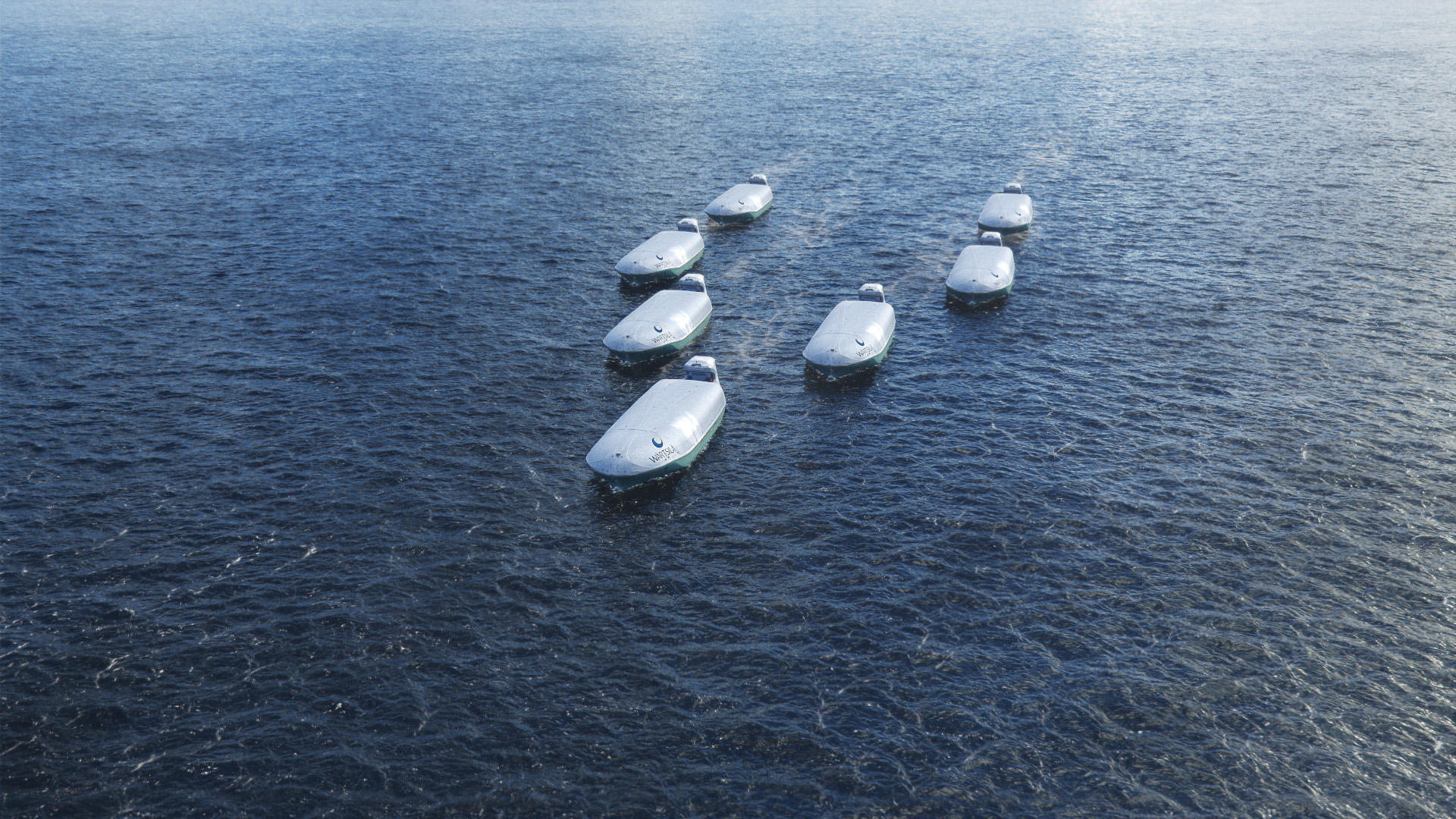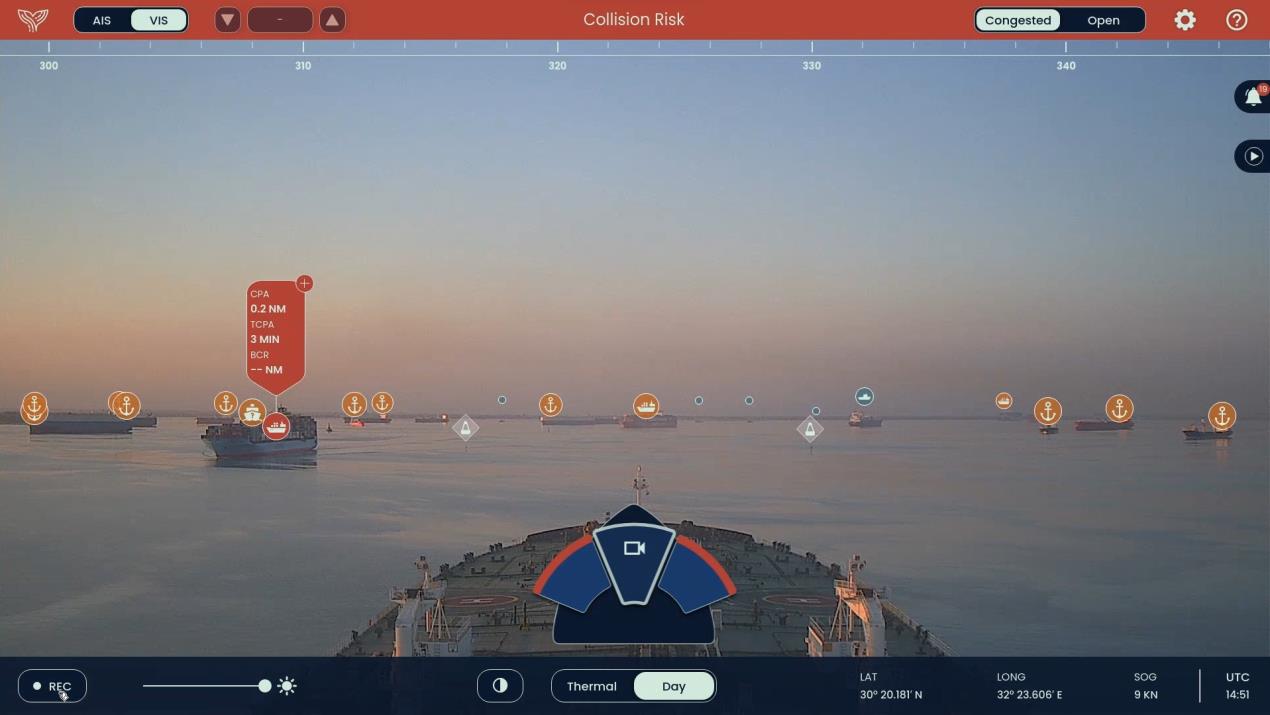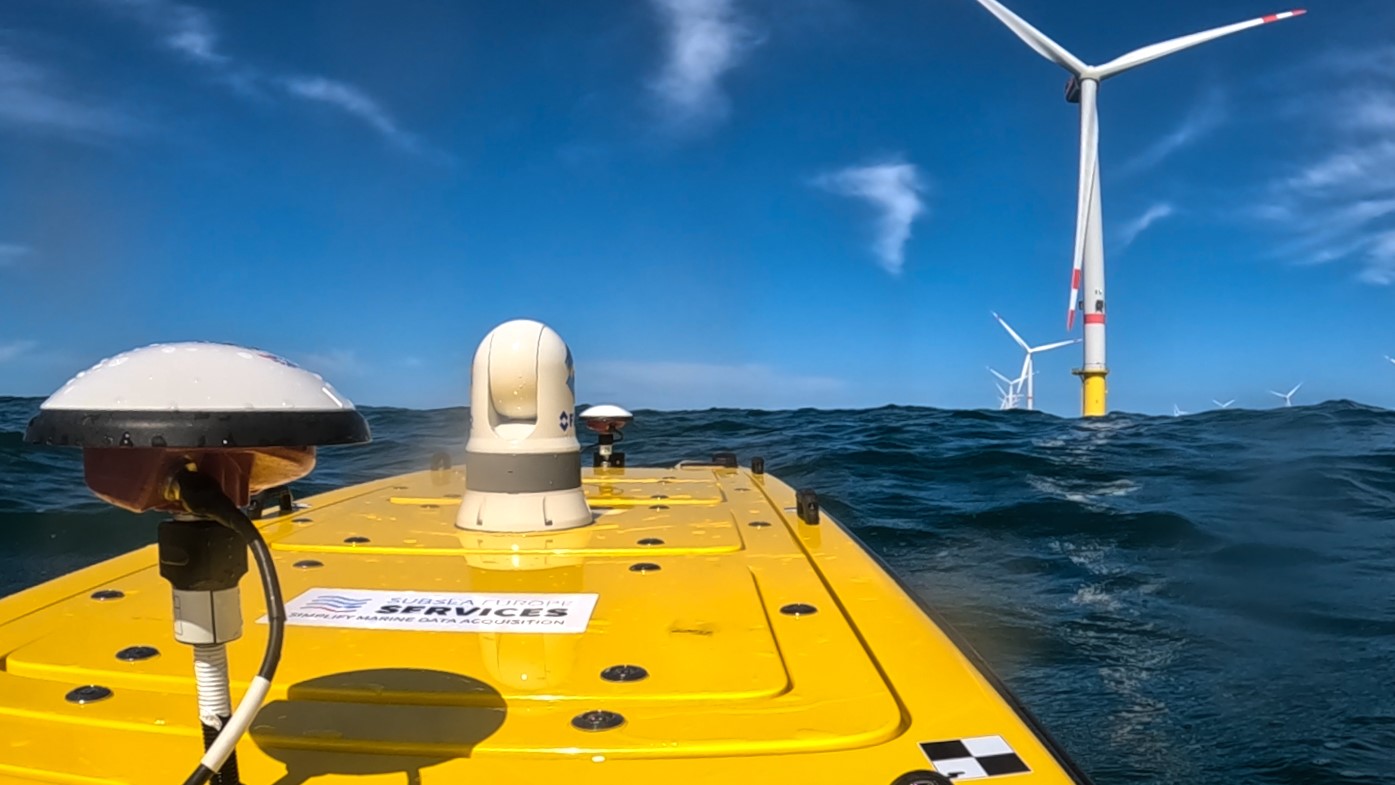Next week the first part of an IMO scoping study should be completed. It is to determine which safety regulations preclude or exclude the development of MASS (The rather ugly acronym for maritime autonomous surface ships) and a special meeting is set to take place at the IMO headquarters in London to discuss progress.
The exercise is the first step in what will be a long road to determine which rules if any may need to be addressed to allow for autonomous or unmanned ships in the future in international waters – IMO rules only apply in national waters when a country says so.
The work in this scoping study is painstaking, and similar scoping exercises are set to be or are underway for the regulations and conventions relating to the other three main committees at the IMO, MEPC, Legal Committee and the Facilitation Committee.
The second phase of this scoping exercise will then begin, with an aim to compile a report for submission into the 102nd meeting of the IMO’s Maritime Safety Committee, which will likely be in late spring 2020. The second phase will look at the best way to then move forward to addressing MASS in any of the IMO’s safety related instruments.
Each and every convention and regulation, each code and chapter needs to be examined to determine if and how it relates to the development or exclusion of MASS. Each part of SOLAS, MARPOL, STCW, collision regulations, the Facilitation Convention, Liability Convention and even the wreck removal convention need to be reviewed and assessed.
MASS does not necessarily mean unmanned. The IMO has defined four levels of MASS where the first level probably defines the most advanced ships that are currently in service, namely those with automated processes and decision support, with seafarers onboard to operate and control shipboard functions and systems. Some systems are already automated and unsupervised – the unmanned engine room has been a reality for decades.
The second level of MASS is where the vessel may be remotely operated, but crew are still onboard but the vessel operated from another location. The crew can take control at any time.
The third level sees a vessel being remotely controlled and with no crew on board and the fourth level is where the vessel is fully autonomous, with operating systems on board that can make decisions and take action where needed.
Some experts believe that ocean-going vessels will not be designed for this latter stage/level. But in some specialised areas this may and is becoming a reality. Smaller vessels on coastal operations are already in design. Such vessels do not require the bending of international rules to become a reality (such rules as those in STCW and the collision regulations as watchkeeping requirements).

However in deep sea shipping, a growing number of ship managers are building decision support or control centres, where fleets can be assimilated, and data collected and used to enhance their management performance.
As technology spreads through the shipping industry, education experts are raising concerns that crew training needs to be assessed to ensure that onboard personnel are competent with modern technology.
The developing issues of automation and robotic crews will be raised in a special session during this year’s Seatrade Shiptech conference on September 23rd in Dubai, moderated by Fathom.World’s Craig Eason.

































